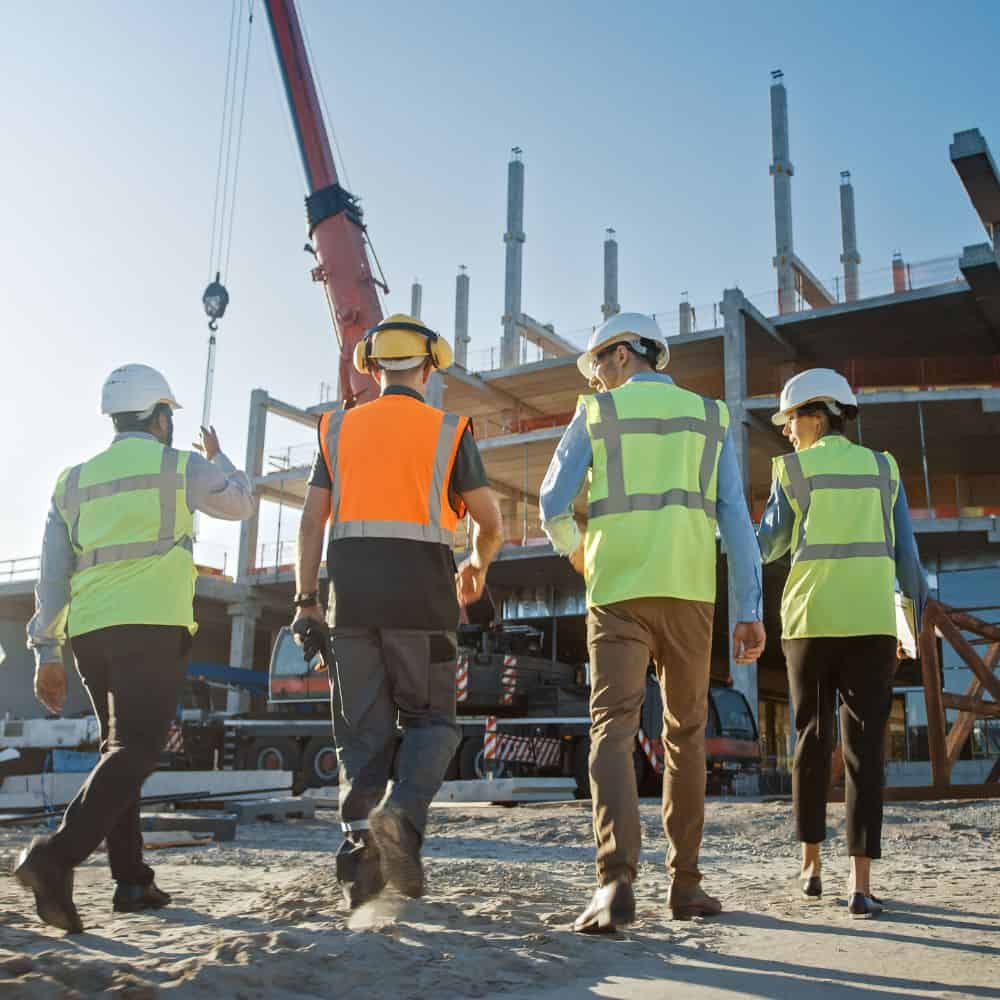Construction is all about how something is built, including planning, design, project management, assembly and the building / installation of the structure or infrastructure itself. It is extremely complex and involves multiple layers, processes and stakeholders.
Introducing the construction sector
The construction sector is broad, encompassing commercial, industrial, residential and infrastructure projects. Residential construction includes building houses or renovating existing homes, whereas commercial construction is for businesses, such as retail or office space. Infrastructure refers to the services, facilities and systems that bring society together, such as transport and power.
The importance of going green in construction
The construction industry is considered to be a significant contributor to global greenhouse gas emissions and resource depletion. The industry has made substantial improvements in recent years; however, there is still an opportunity to do more across a supply chain which impacts the environments in which we work and play. There is a need to make the construction industry more sustainable, by reducing its carbon footprint, waste generation, and energy consumption, while enhancing environmental and social outcomes.
There are numerous opportunities to drive innovation and improvement, harnessing modern methods of construction and influencing decisions through competent advice. Examples include using green building materials (such as recycled products and sustainably sourced wood); procuring renewable energy; and adopting sustainable practices, such as reducing waste and energy consumption, and using environmentally friendly methods for transportation and logistics. Being considerate of the communities in which projects are located, and how we can work together in harmony, are important for long-term relationships and achieving mutually beneficial outcomes.

VolkerWessels UK is a leading multidisciplinary contractor that delivers innovative engineering solutions across the civil engineering and construction sectors including rail, highways, airport, marine, energy, water and environmental infrastructure.
Created by
IEMA is the membership body for environment and sustainability professionals



